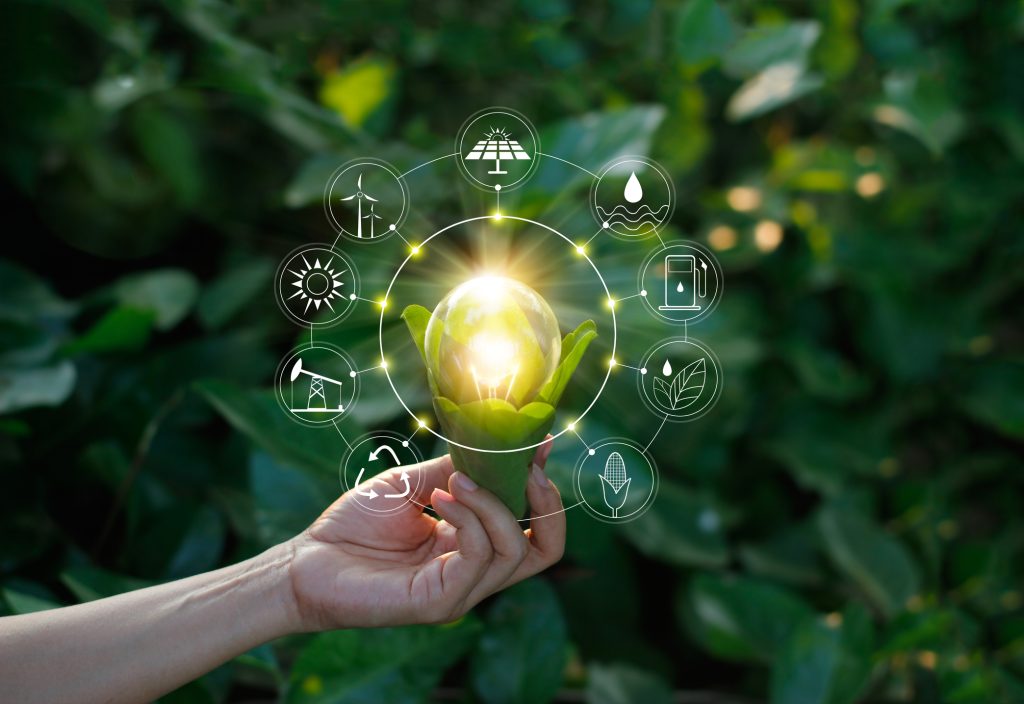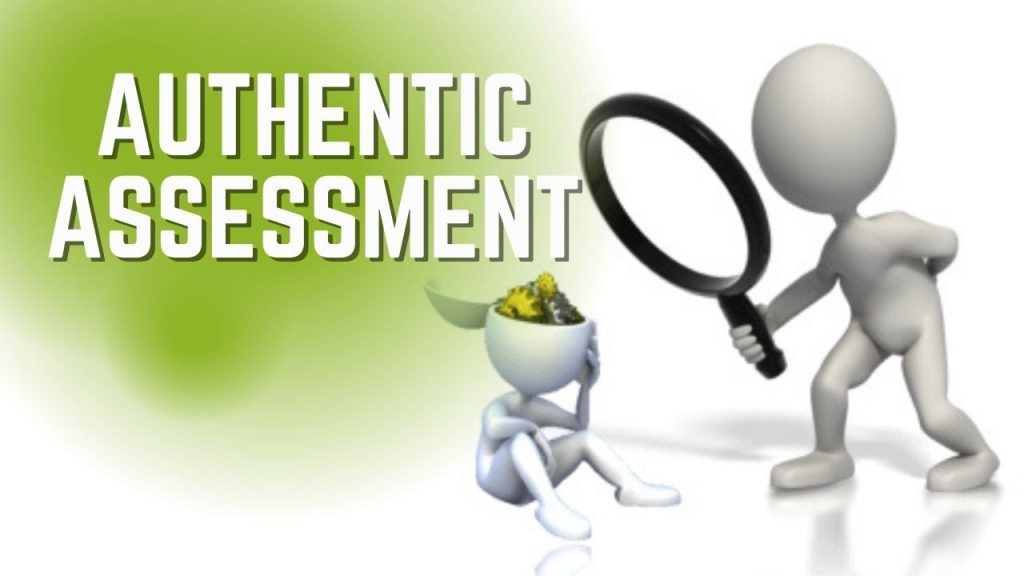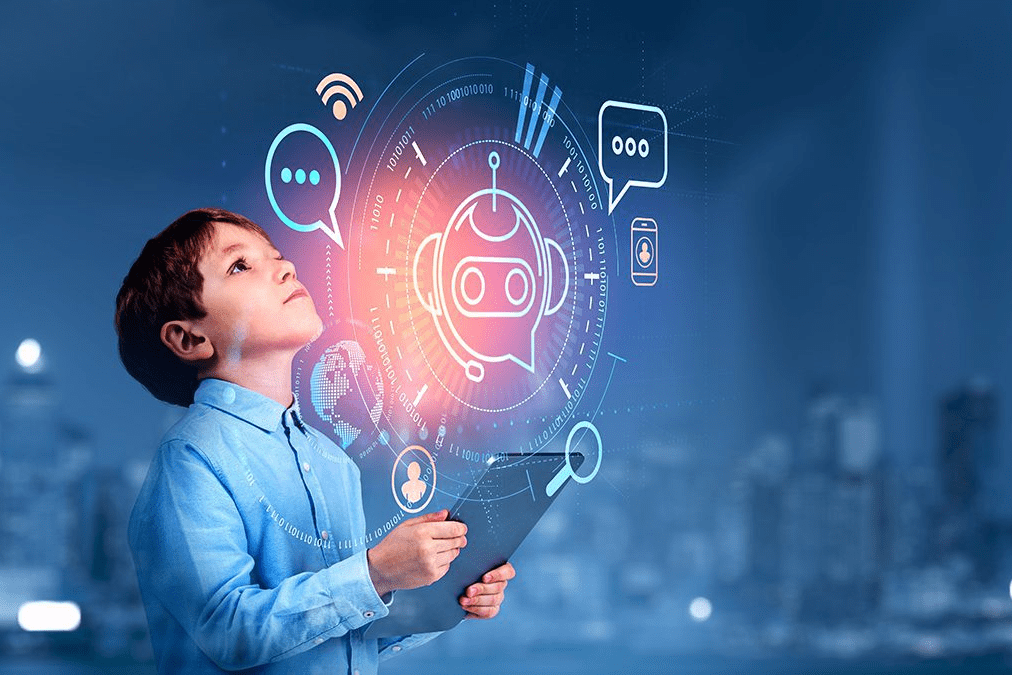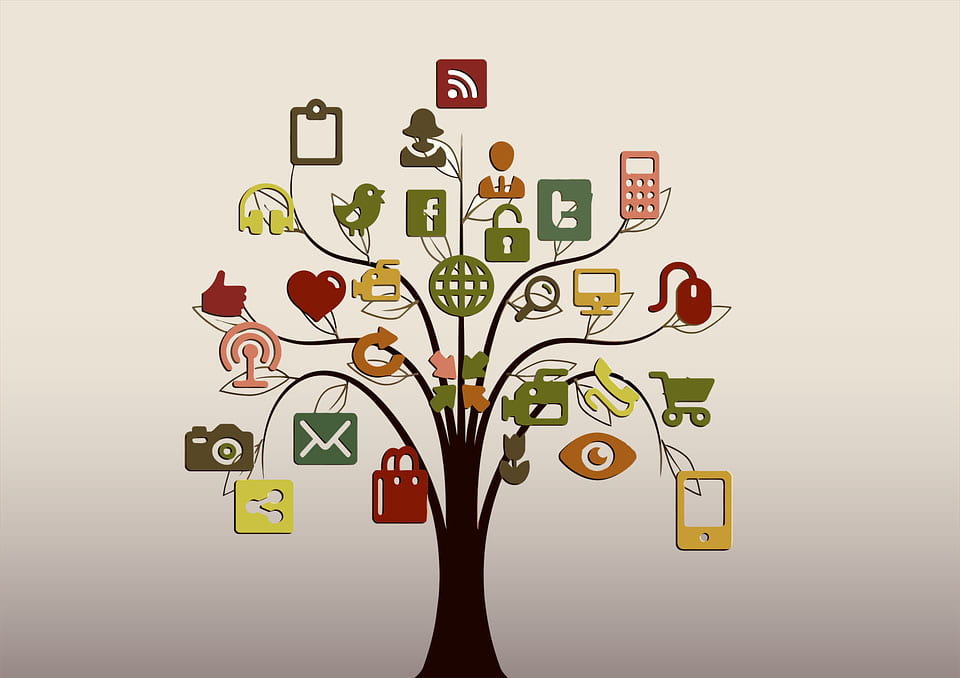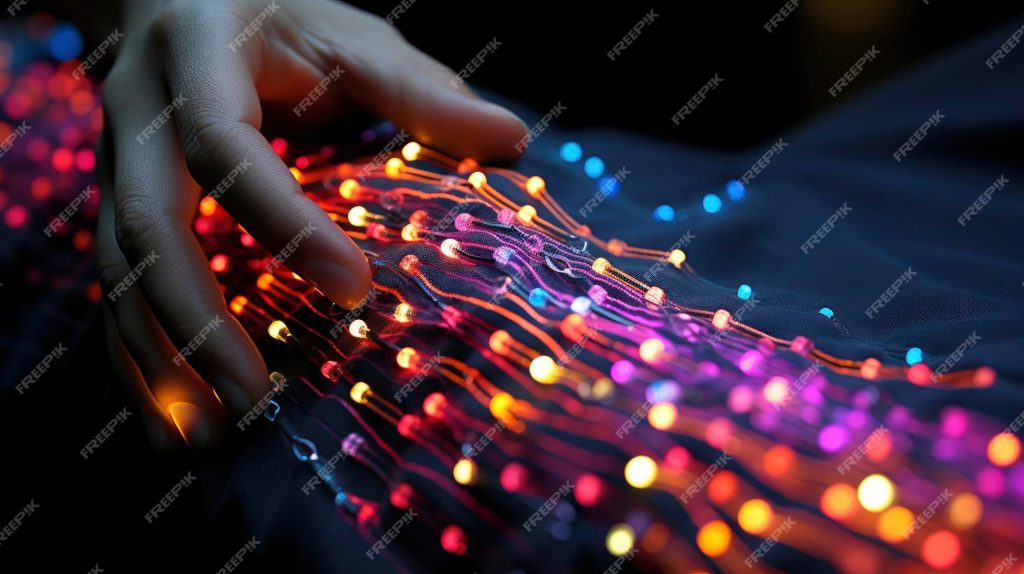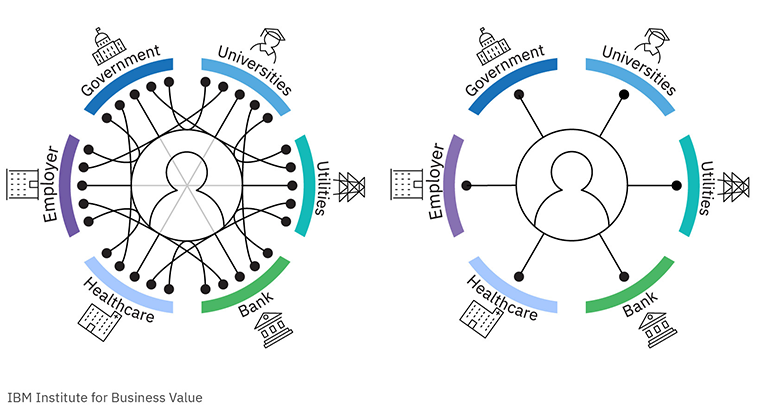A growing trend in Genius Hour is the increasing focus on sustainability and environmental issues, reflecting the urgent global need to address climate change and promote ecological responsibility. This trend is not only raising awareness about environmental challenges but also empowering students to develop innovative solutions for a more sustainable future.
One of the key aspects of this trend is the emphasis on projects that address local environmental issues. Students are encouraged to identify ecological problems in their communities and develop practical solutions. This could range from designing water conservation systems to creating campaigns to reduce plastic waste in schools. By focusing on local issues, students can see the direct impact of their work, making the learning experience more meaningful and motivating.
The concept of “circular economy” is being introduced in Genius Hour projects. Students are learning about closed-loop systems where waste is minimized, and resources are reused or recycled. This is inspiring projects focused on upcycling, sustainable product design, and innovative recycling solutions.
Partnerships with environmental organizations are becoming more common in Genius Hour programs. Schools are collaborating with local conservation groups, sustainability experts, and green businesses to provide mentorship and real-world context for student projects. These partnerships often lead to projects that have tangible impacts on the community.
The use of citizen science in Genius Hour is on the rise. Students are participating in large-scale environmental data collection projects, contributing to real scientific research while learning about ecological systems. This could involve monitoring local wildlife populations, tracking air or water quality, or mapping invasive species.
Green technology is a popular focus area for Genius Hour projects. Students are exploring renewable energy sources, creating prototypes of energy-efficient devices, and developing apps to promote sustainable behaviors. This not only teaches them about cutting-edge technologies but also helps them see the potential for technological solutions to environmental problems.
The concept of “biomimicry” is being introduced in Genius Hour, encouraging students to look to nature for sustainable design solutions. This interdisciplinary approach combines biology, engineering, and design, leading to innovative projects inspired by natural systems and processes.
Virtual and augmented reality technologies are being used to enhance environmental education in Genius Hour. Students can create virtual simulations of ecosystems, design AR apps that show the impact of climate change, or take virtual field trips to threatened habitats around the world.
As we move forward, we can expect to see even more emphasis on sustainability in Genius Hour. From AI-powered tools for environmental impact assessment to blockchain solutions for tracking sustainable supply chains, technology will continue to play a crucial role in shaping environmentally focused Genius Hour projects.
